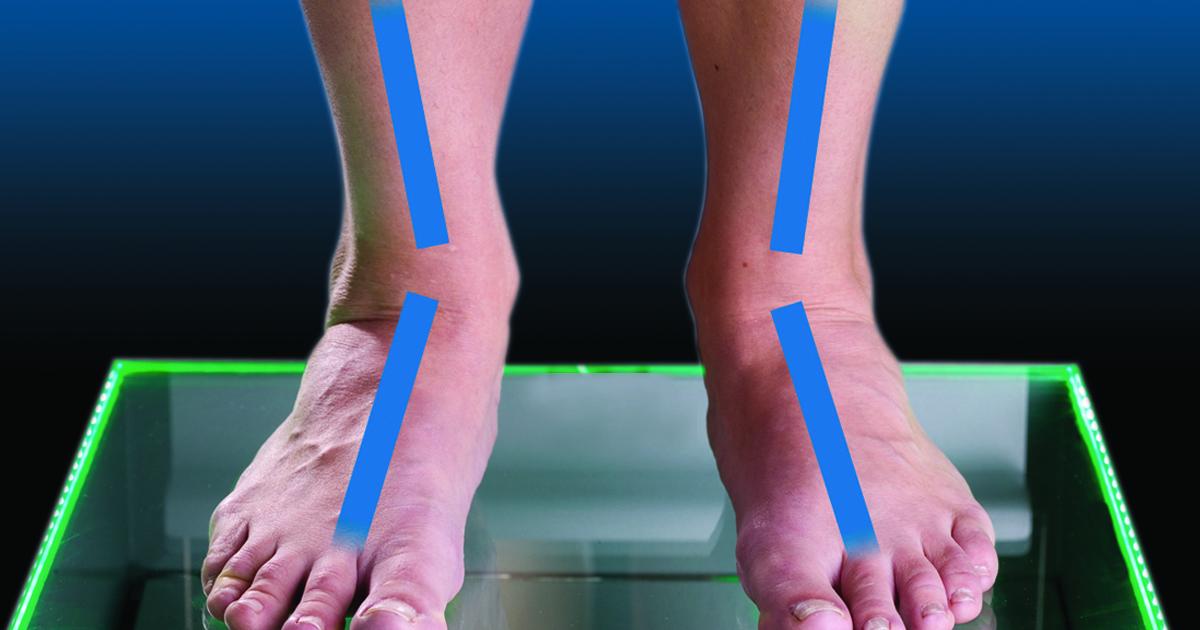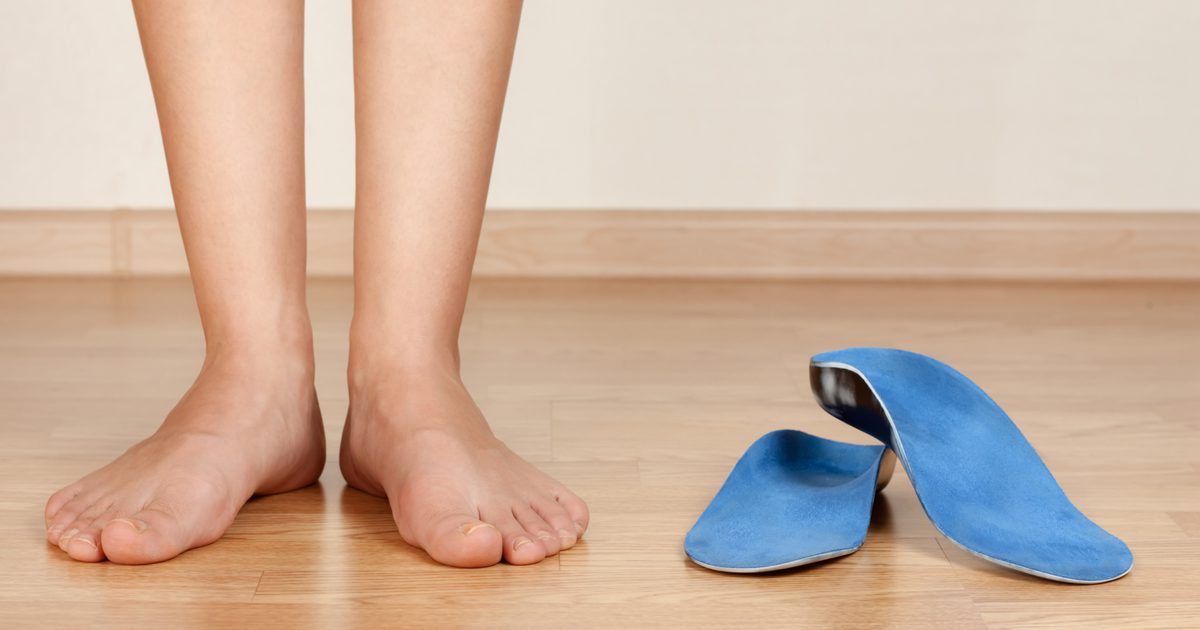What Causes Iliotibial Band Syndrome?
Iliotibial band syndrome is a very common injury brought about by overusing the connective tissue situated along the knee and outer thigh. If individuals develop this type of injury, they'll likely begin to experience a lingering pain around the outer portion of their knee, which will be at its worst when they're running or exercising in any capacity. The iliotibial band tissues are essential for stabilizing the knee joint whenever it extends and flexes. Overuse of this joint can cause the tissues to become irritated and inflamed, which leads to the iliotibial band syndrome. Thankfully, iliotibial band syndrome can be treated, though the only way to get rid of an overuse injury such as this for good is to use the affected joint as little as possible until the pain and other symptoms begin to subside. The main symptoms iliotibial band syndrome patients will experience include pain along the lateral portion of the affected knee, swelling and redness around the knee, a popping or snapping sound, and severe pain when they climb steps.
Get familiar with the causes of iliotibial band syndrome now.
Poor Muscle Flexibility

Among the more common causes of iliotibial band syndrome is poor muscle flexibility within the gluteal muscles. While overuse of the iliotibial band of tissues causes this syndrome, this type of injury likely won't occur unless an individual's muscles are weak or have poor flexibility. The gluteal muscles include the three main muscles of the buttocks: the gluteus minimus, gluteus medius, and gluteus maximus. When these muscles have poor flexibility, the iliotibial band will pull the knee out of its proper alignment, which is what causes this injury. There is a range of reasons as to why the muscles surrounding the iliotibial band could lose some of their flexibility, the primary of which include inactivity, injury, and not stretching as often as recommended. If individuals haven't exercised much as of late and then decide to run for a lengthy period, the loss of flexibility in the muscles surrounding the iliotibial band could bring about this injury.
Learn more about what causes iliotibial band syndrome now.
Long Periods In Cross-Legged Positions

The cross-legged position is a very popular sitting position that occurs when an individual's legs are crossed around their ankles with their knees bent outwards. While this sitting position might feel comfortable, long periods in cross-legged positions can cause individuals to experience iliotibial band syndrome. When the legs are rested in this position, the iliotibial band is flexed the entire time, which can cause the band of tissues to go through problematic wear and tear. It's also important to understand this position can create a wide range of harmful issues around the spine and upper legs, which means individuals should sit in different positions altogether or at least reduce the amount of time they sit in this one. If individuals are finding it difficult to stay out of a cross-legged position, they should at least provide limitations, which means they should only spend around fifteen minutes in this position before getting up and walking around or changing positions.
Keep reading to uncover more causes of iliotibial band syndrome now.
Excessive Running Up and Down Hills

Another very common cause of iliotibial band syndrome is excessive running up and down hills, both of which individuals should heavily train for before they add these exercises to their workout routine. Running uphill and downhill stretches the muscles and legs in a variety of different ways, which can be problematic for the health of the iliotibial band of tissues because of how much stress is placed on the area. For instance, if individuals haven't practiced running downhill before they begin to do so extensively, they'll likely find they're taking large strides. The issue with large strides is they cause individuals to land harder, which will place additional stress on the legs and the tissues surrounding the knees, such as the iliotibial band. If individuals experience pain when running uphill, it's likely their running technique isn't as accurate as it should be. If individuals aren't running uphill and downhill properly, the iliotibial band and other components around the knees will invariably undergo large amounts of stress. This stress can be worsened if individuals run up and down hills excessively. As such, individuals should make sure they take extensive breaks and try limiting their uphill and downhill running.
Get familiar with more potential causes of iliotibial band syndrome now.
Overpronation

Overpronation is a condition more regularly referred to as flat feet. This condition occurs when the arch of the foot collapses inwards or downwards. individuals who suffer from this condition are prone to becoming injured more often because of how their feet make contact with the ground. If affected by this condition, it's important to understand the natural alignment of the body is disrupted, which will likely have an adverse effect on many areas of the body, such as the iliotibial band. The impact the foot makes when it strikes the ground will be much higher than someone with standard pronation. Runners dealing with overpronation have an increased likelihood of also being affected by iliotibial band syndrome and similar overuse injuries. They should thus make sure to wear supportive shoes to minimize the effects of this condition.
Discover additional causes of iliotibial band syndrome now.
High Or Low Foot Arches

High or low foot arches also make individuals more susceptible to iliotibial band syndrome. A low foot arch is a flat arch, which means the foot will likely roll in somewhat whenever an affected individual runs or walks. Low arches are known to increase the risk of joint problems and muscle issues, the primary of which is iliotibial band syndrome. A walking shoe may be able to help with low arches and provide stabilization to the foot that minimizes an affected individual's risk of suffering from this injury. High arches occur when the middle portion of the foot is raised higher than normal. This condition also places undue amounts of strain on the joints, muscles, and tissues in the leg, including the iliotibial band. The feet likely won't absorb shock too well, which can be an issue if the individual runs regularly. Thus, they should be sure to wear shoes with a high amount of padding to mitigate these problems.